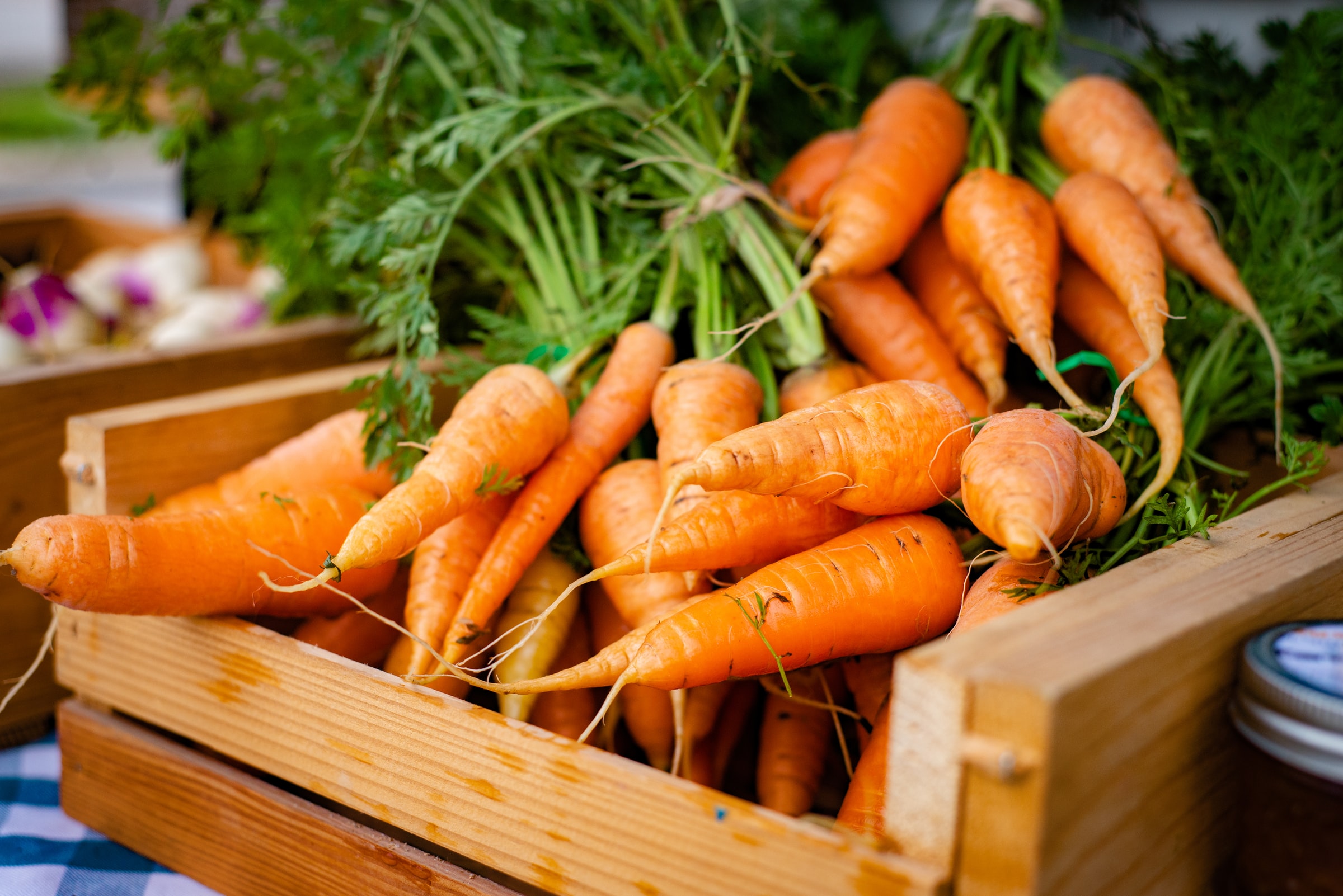The rise of chemical-dependent factory farming has contributed to a similar rise in contaminated crops and water. One California-based technology company is addressing the problem with nanobubbles, which are microscopic oxygen bubbles designed to enhance and protect water, food, and natural resources.
That company, Moleaer, sits at the leading edge of emerging technology. Now, thanks to a new round of funding, Moleaer is set to further solidify its position. Earlier this summer it closed a $9M Series B fundraising effort that was led by S2G Ventures’ Oceans and Seafood Fund. ADM Capital’s Cibus Enterprise Fund and Energy Innovation Capital, existing investors, joined in as well.
Moleaer will use the funds to advance its research and development of new nanobubble applications, expand its global manufacturing and commercial operations, and introduce new service offerings such as equipment and water quality monitoring and nanobubbles-as-a-service (NaaS).
In a press release, Moleaer CEO Nicholas Dyner said the financing round represented the biggest capital injection of its kind for a nanobubble tech firm, and “demonstrates the importance of innovative technologies” that improve the sustainability of food production and water treatment.”
“With issues of food insecurity and the growing deterioration of global water quality, industries are looking for chemical-free solutions to meet the challenges associated with climate change and resource scarcity,” Dyner added. “This funding will allow us to accelerate our global expansion to meet these needs, whether that’s in food, water, energy, or other applications.”
S2G’s newly formed Oceans and Seafood Fund, which focuses on advancing sustainable solutions for an industry that provides the primary source of protein to more than 3 billion people worldwide, tapped Moleaer as one of the first companies to receive funding. S2G Ventures is a multi-stage venture fund that invests across the food, agriculture, oceans, and seafood markets. It has offices in Chicago and San Francisco.
As the name suggests, nanobubbles are really, really small – 2,500 times smaller than a grain of table salt, and invisible to the naked eye. But they can do some pretty amazing things when trillions of them are pumped into irrigation and other systems outfitted with Moleaer’s equipment.
Nanobubbles don’t rise to the surface, but instead diffuse through the water, changing the water’s chemistry in a way that is good for both plants and the humans that consume them. That sets them apart from larger bubbles, which rise to the surface of a liquid immediately and pop before the oxygen in them can make a difference in the chemical makeup.
As noted by Forbes in February, when nanobubbles are injected into a watering system, they can improve water quality, boost plant growth and health, prevent the growth of common water-borne pathogens, and replace harmful chemicals used to remove food-borne pathogens. Moleaer’s patented technology is designed to provide a sustainable way to increase farm productivity. The company claims it can reduce disease-borne crop losses by 50 percent while increasing crop yields by 20 percent and berry size by 14 percent.
In salmon farming, the technology has demonstrated a 22 percent increase in biomass production, a 60 percent reduction in oxygen use, and a 42 percent reduction in electricity consumption. In addition, Moleaer’s nanobubble technology can restore water bodies by eliminating harmful algae and pathogens while increasing the recovery of natural resources.
There’s plenty of demand for these tiny bubbles. Over the past year alone Moleaer has tripled in size and expects similar growth moving forward. The company has more than 1,000 installations in North America, Europe, and South America, and is treating more than 225 million gallons of water per day in agriculture, aquaculture, surface water and natural resources.
The company began commercializing its technology in 2017. It partnered with top industry researchers at UCLA, Clemson University, the University of Pittsburgh, Wageningen University, the University of Arizona, Utah State University and Virginia Tech to help validate new applications for its nanobubble technology.
Moleaer was named a winner of last year’s AgTech Breakthrough Awards, and also was recognized in Fast Company’s 2020 World Changing Ideas Awards.





